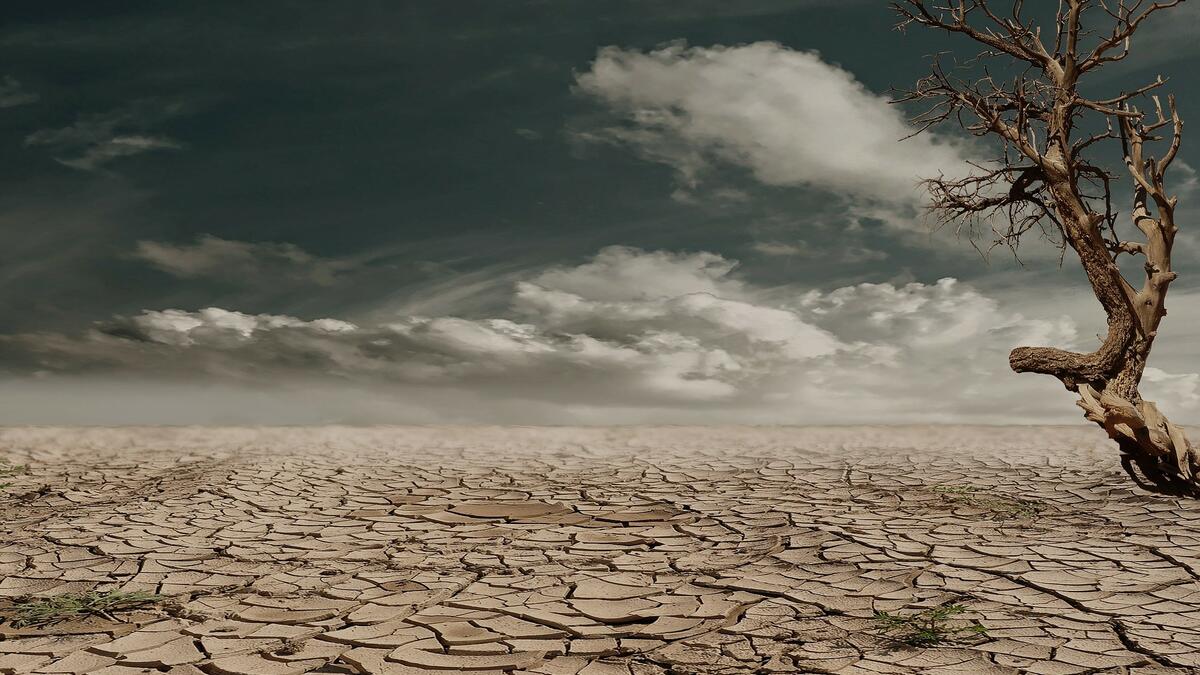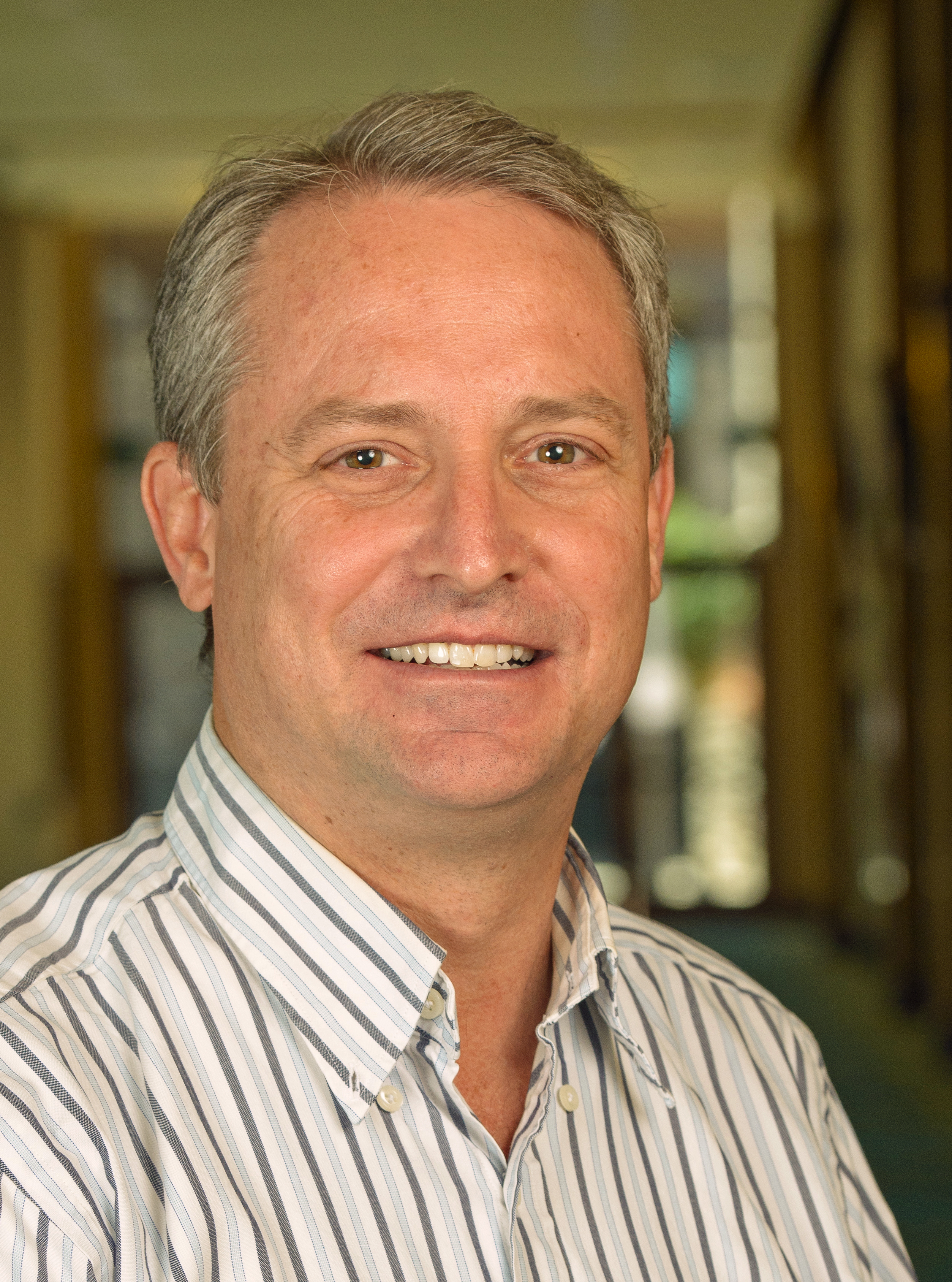Mother Earth is living on borrowed time.
According to a United Nations scientific panel on climate change, if world leaders, corporations and citizens don't unite and radically transform their behaviors regarding our planet, doomsday will be on our doorstep.
Their new four-alarm report, issued Monday by the Intergovernmental Panel on Climate Change, essentially states what will happen when the atmosphere warms up by 2.7 degrees Fahrenheit in the next few decades due to greenhouse gas emissions. The panel believes dire impacts to the ecosystem will include food shortages, wildfires, rising sea levels and deterioration of the coral reef by 2040 — about two decades away — unless we radically change the global economy by 2030.
There’s also a price tag attached to this grim scenario — $54 trillion — if the world doesn’t get its act together, according to the panel. The report also recommends an outright ban of coal and dramatically increasing renewable energy such as wind and solar to reduce greenhouse gas pollution.
ASU Now spoke to Mick Dalrymple, director of University Sustainability Practices and deputy sustainability operations officer at Arizona State University, to discuss the consequences of the report and what ASU is doing to reduce its carbon footprint.
Mick Dalrymple
Question: What is this report telling us that is not in previous reports of the Intergovernmental Panel on Climate ChangeThe panel consists of 91 scientists from 40 different countries convened by the United Nations to guide world leaders. They analyzed and reviewed more than 6,000 scientific studies to reach their conclusion.?
Answer: The IPCC Working Groups were asked by countries that are most vulnerable to climate change impacts to analyze what will happen with a 1.5 degree Celsius rise in global temperatures — before we ever reach a 2 degree rise. Unfortunately, the conclusions are grim, with many impacts looking close to what we used to associate with a 2.0 degree rise. Indeed, each time the IPCC gathers more data and further refines its models, the situation looks progressively worse. We are already experiencing impacts of the 1 degree rise that has already occurred. To prevent massive disruption, we need to almost completely retool our global economy in about 12 years.
Q: What about those who say they doubt human-caused climate change?
A: If you are a medical intern in an emergency room and paramedics roll in a heart attack victim, are you going to stand in the hall and debate with the snack vending-machine stock person as to whether it was caused by diet or genetics? Or are you going to join the rest of the medical team in the operating room to save a life?
ASU conducts very valuable research, education and community outreach work related to climate change. A key in this effort is to have solutions that are “shovel-ready” for when the climate change impacts become painful enough that the public willpower to act sweeps quickly onto the policy scene.
Q: What is ASU developing to be ready?
A: In addition to preparing the leaders of tomorrow, developing technologies and creating research knowledge for policymakers, ASU is working to set the example for how a small “city” of 120,000-plus community members can apply climate solutions in its own operations. We want to have developed, tested and be practicing the shovel-ready solutions that others will look for when they are also ready to act. Many corporations and local governments are taking similar action. Those solutions will need to be adapted for various circumstances, but having real, implemented examples is invaluable in understanding how different factors influence appropriateness and adaptations.
Q: What do these solutions look like?
A: ASU has already reduced its carbon footprint per student and per square foot of building space by about half since 2007. We intend to be carbon neutral by 2025, ahead of the IPCC deadline. ASU has accomplished this through building retrofits, efficient new buildings, utility upgrades, many solar arrays on campuses, the Red Rock solar plant and more.
As the IPCC points out, a price on carbon emissions is also imperative to slowing climate change. ASU is among a handful of higher education institutionsThis includes Yale, Swarthmore, Smith College, UCLA and the University of Maryland. that are leading by example by implementing a price on carbon within our institutions. Several institutions and Second Nature collaborated to develop a tool kit so that others might learn from our efforts and contribute their own experiences. We are doing this because we feel this tool kit is vital to climate success, to evaluate various options and the complexities involved, and to encourage other universities, municipalities and states to do the same until society develops sufficient momentum to do so at a national level.
Q: How has ASU implemented a price on carbon emissions?
A: We started by placing an $8 per round trip price on air travel starting July 1, which will be used to generate carbon offsets. President (Michael) Crow approved that program this past summer, in addition to a Carbon Neutral New Buildings policy that we are starting to test now. It involves designing any new buildings to be super-efficient, then adding renewable energy on-site and then offsetting any remaining emissions out of the project budget. The policy encourages project teams to develop net-zero energy buildings, or as close as possible, in order to maximize the project dollars going into the building as opposed to going toward offsets. We are also working on including what is called “proxy,” or shadow pricing, in financial tools so that we are considering the costs of carbon emissions when deciding between various opportunities to further ASU’s mission.
Many people are involved in these efforts, and many individuals are taking personal action to reduce their carbon footprint. We all can take both personal action and collaborative action to heed the IPCC’s latest warning and lead others by example to a better future. We need to be in the operating room rather than the hallway.
Top photo illustration courtesy of Pixabay
More Environment and sustainability

'Earth Day Amplified' promotes power of collective action
Everybody loves the concept of sustainability. They want to do their part, and the chance to say they’ve contributed to the well-being our of planet.But what does that actually mean?Arizona State…

Rethinking Water West conference explores sustainable solutions
How do you secure a future with clean, affordable water for fast-growing populations in places that are contending with unending drought, rising heat and a lot of outdated water supply infrastructure…
Meet the young students who designed an ocean-cleaning robot
A classroom in the middle of the Sonoran Desert might be the last place you’d expect to find ocean research — but that’s exactly what’s happening at Harvest Preparatory Academy in Yuma, Arizona.…



